Progress toward specification-grade, voice-activated commercial lighting is accelerating dramatically. Imagine saying out loud: “Make the lights orange in the lobby,” “Add natural light to the fitness space,” or “Turn the lights off in the baby’s room,” with instantaneous results.
Possibilities range from basic commands to more complex lighting controls using artificial intelligence (AI) for privacy, healthcare, heating, ventilation, air conditioning and space functionality applications. These components comprise what the industry has termed the Internet of Things (IoT).
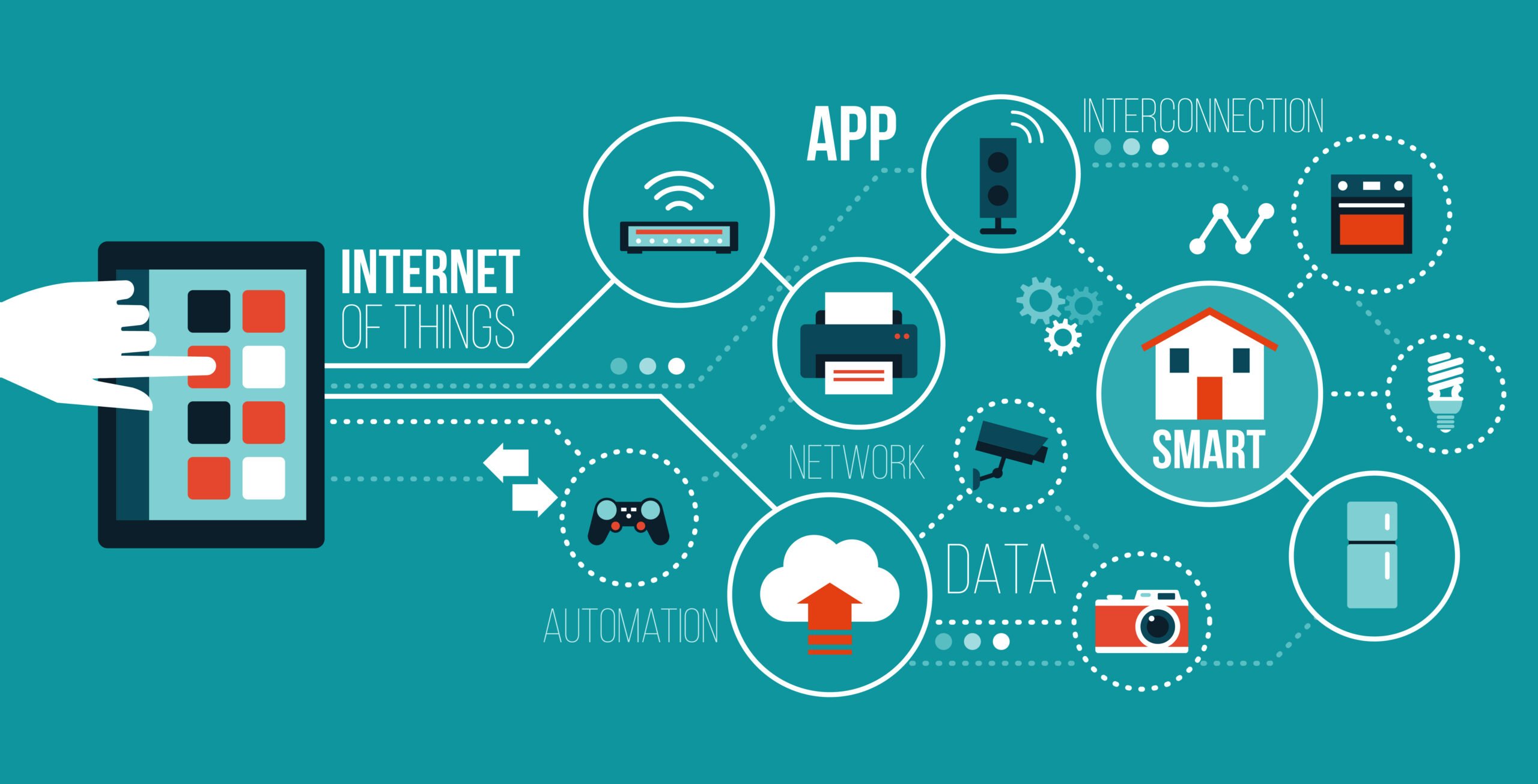
Defining the IoT
What exactly is the IoT? Oracle, the world’s largest database management company, defines the IoT as a “network of physical objects—‘things’—embedded with sensors, software and other technologies for the purpose of connecting and exchanging data with other devices and systems over the Internet.” Some projections forecast that the number of IoT items will grow to 22 billion within four years.
According to IBM, connecting any device with an on/off switch to the Internet (and other connected devices) amounts to IoT as “a giant network of connected things and people—all of which collect and share data about the way they are used and about the environment around them.”
Cisco Systems notes that IoT took root between 2008 and 2009, though the phrase Internet of Things was coined in 1999 by Kevin Ashton, a Procter and Gamble brand manager (however, Ashton concedes that “Internet for Things” would be more grammatically correct).
How IoT is affecting the lighting industry
Rensselaer Polytechnic Institute scholar Robert Karlicek, an electrical, computer and systems engineering professor and director of the Center for Lighting Enabled Systems & Applications, has written extensively about the effects of AI and the IoT on lighting technologies.
Dr. Karlicek points out that today’s AI and other technologies if properly adopted in the lighting industry, have the potential to establish a process for gauging and tracking “building occupancy, temperature, CO2 level information and humidity data.”
In an article, Karlicek observed that, judging by statistics, there are three times more IoT sensors than humans and that IoT’s value for lighting companies comes from data generation using light fixture sensors. This may lead to investment in the development of what he regards as disruptive technologies, such as solid-state lighting (SSL).
According to the Lighting Control Association, when integrating IoT, LED lighting can be more readily used across multiple platforms.
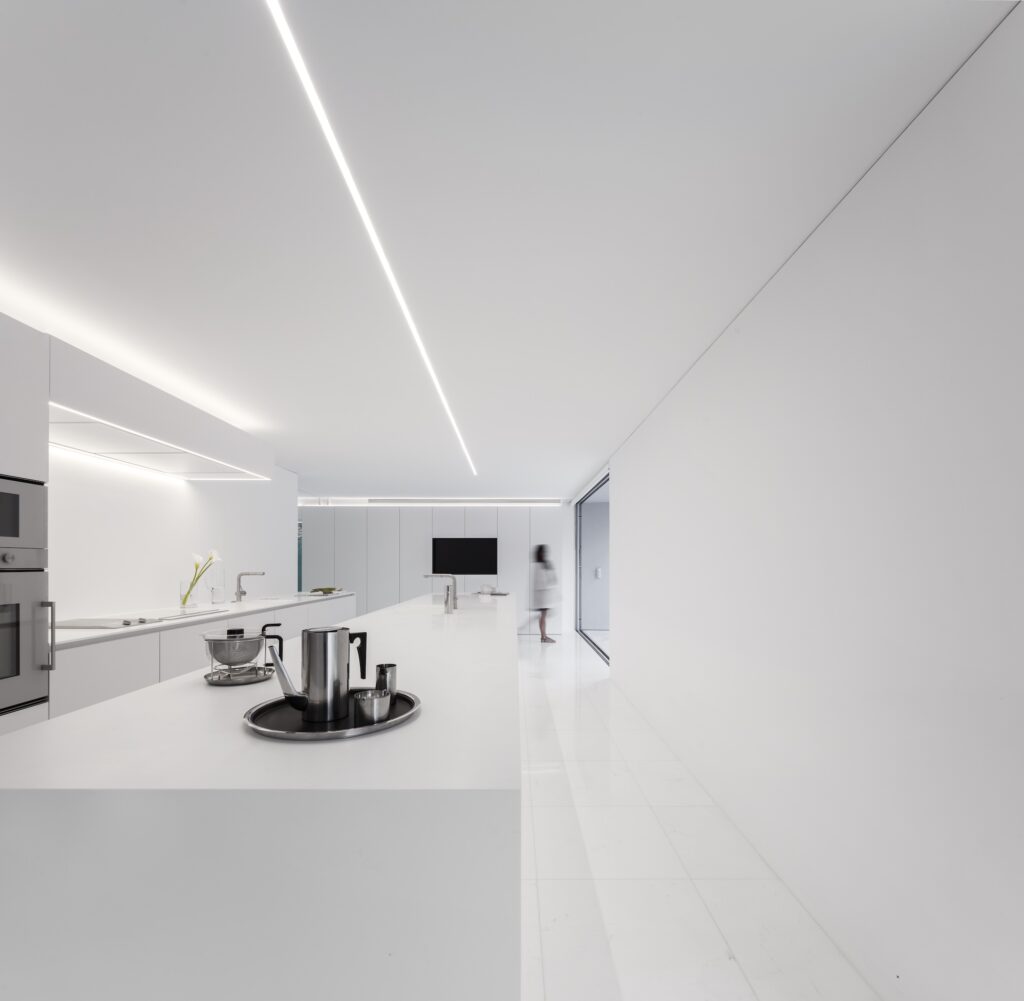
New IoT-based lighting products
Tridonic and Enlighted, lighting companies headquartered in Silicon Valley, California, co-created what they call an IoT-ready alliance. Among their first endeavors, the companies specify a socket allowing any type of IoT sensor or control module “to connect seamlessly to a luminaire or other building system.”
The businesses’ first products are based on this new specification, which is being developed under a royalty-free license and will be designed with any network protocol, including WiFi and EtherNet/IP, among others. The specification is backward-compatible with legacy lighting controls and can be implemented with traditional lighting controls.
The joint progress of Enlighted and Tridonic also makes possible various interoperable solutions to smart building interface problems, including in-field retrofitting, replacements and upgrades without disassembly.
In the future, IoT for lighting may integrate advanced sensors for radar, imaging, autonomous vehicles, healthcare analytics and voice-activated smart home applications. Dr. Karlicek anticipates that IoT could “provide color-tunable lighting designed to improve human health and wellness.”
Alcon Lighting creative director and co-founder David Hakimi works to improve lighting through research, development and education. David strives for efficiency in lighting, affording architects, lighting designers and engineers the ability to maximize LED lighting design and application. David is a graduate of the University of California, Los Angeles, where he received a Bachelors in history. David also studied lighting design at IES in Los Angeles. He traces his and Alcon Lighting’s commitment to innovation, accountability, quality and value to lessons learned from his father, Mike Hakimi, a lighting craftsman, salesman and consultant in Southern California for more than four decades. Today’s lighting for commercial use requires a deep, complete understanding of smart lighting systems and controls. David takes pride in his lighting, energy controls and design knowledge. He is driven by the desire to share his insights into lighting specification and application. This quest to share his knowledge was the impetus for David to create Insights, Alcon Lighting’s blog and resource center for helping the reader understand lighting and its application to space.

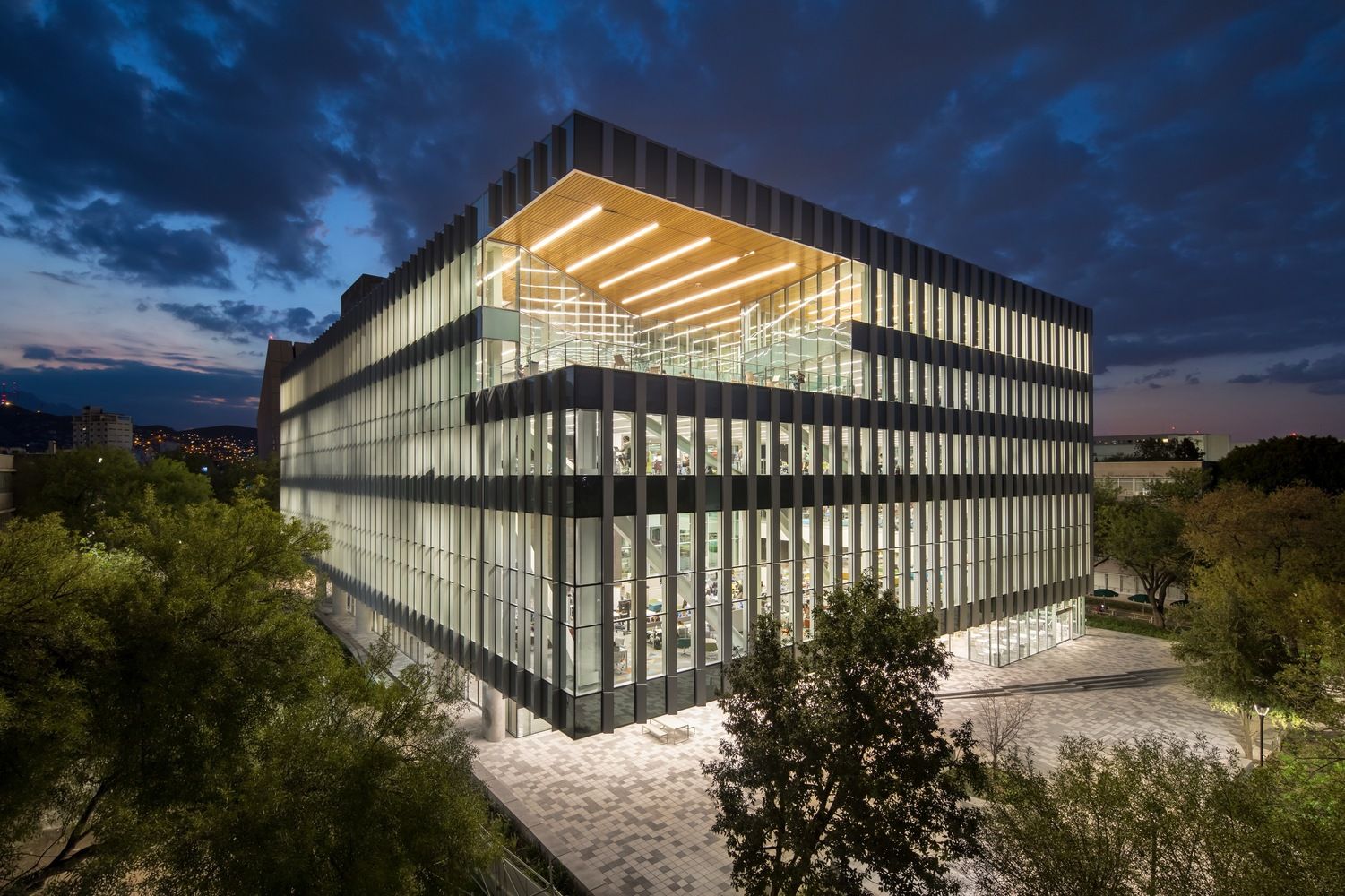
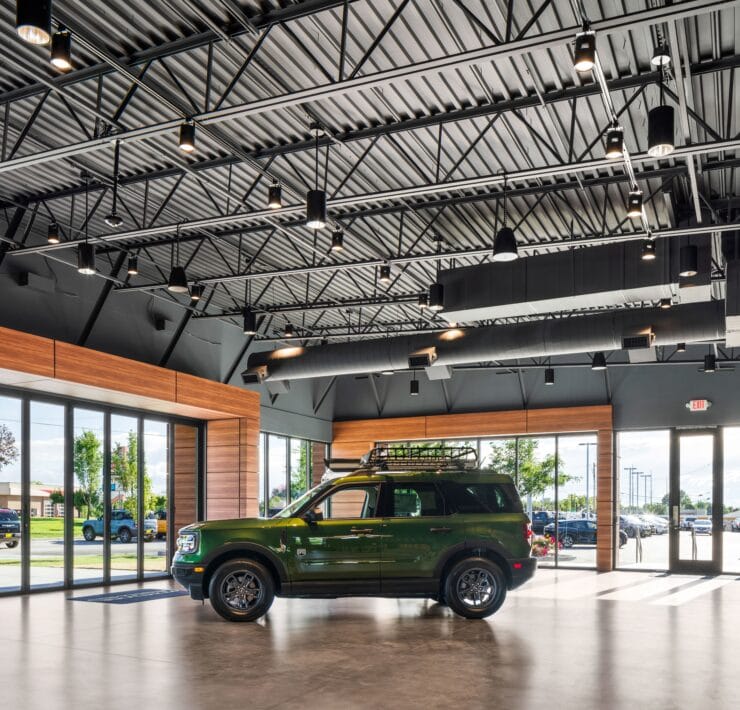

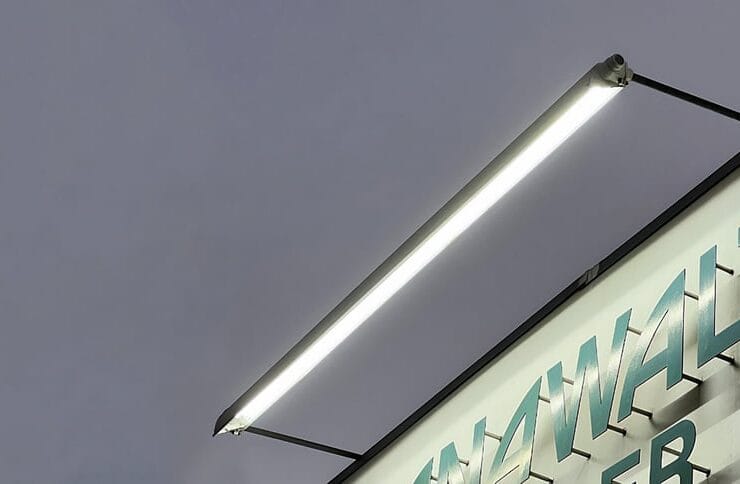
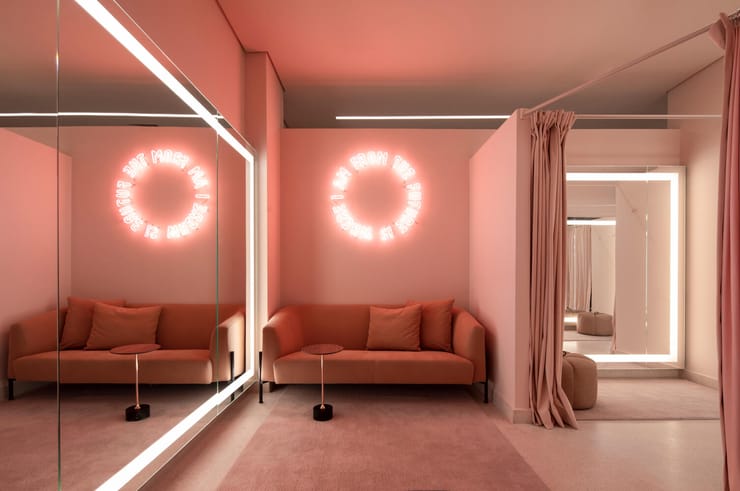
GREAT Article. As a Designer I always am looking for the next incredible thing and to share with my clients the new technologies and creative designs in lighting and all aspects of life. Thank you.